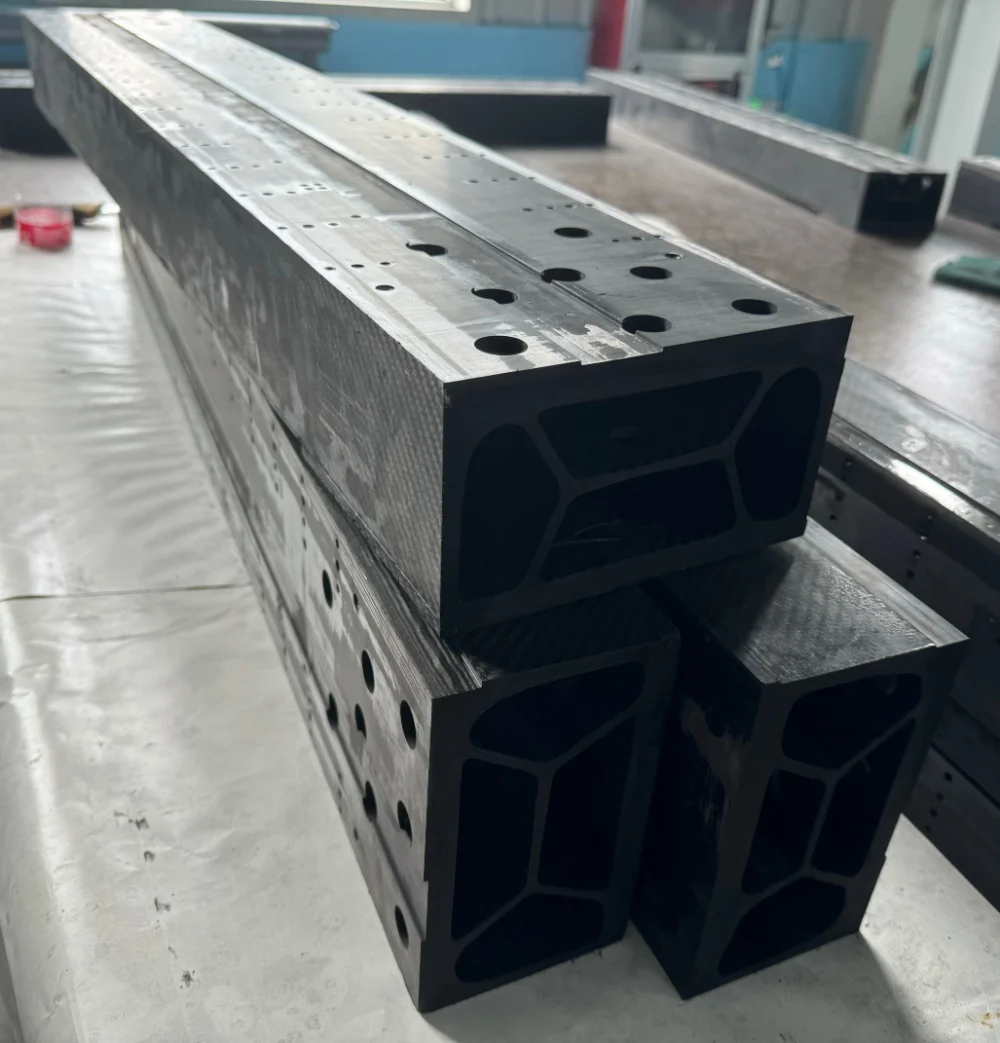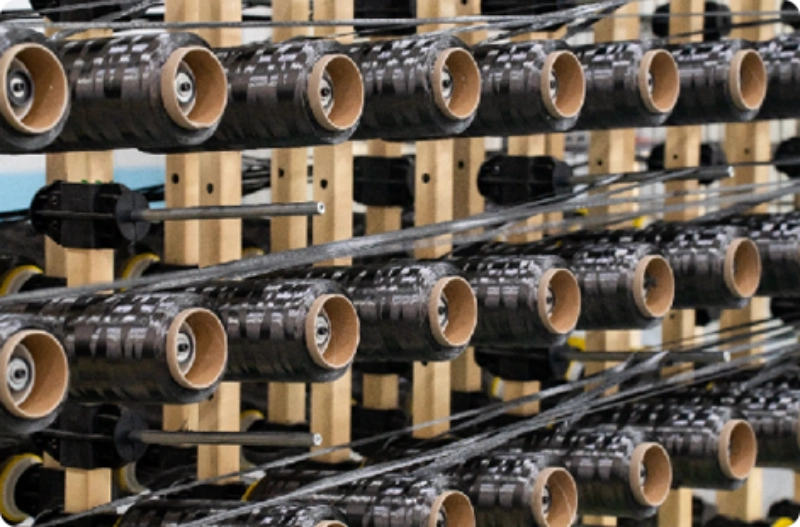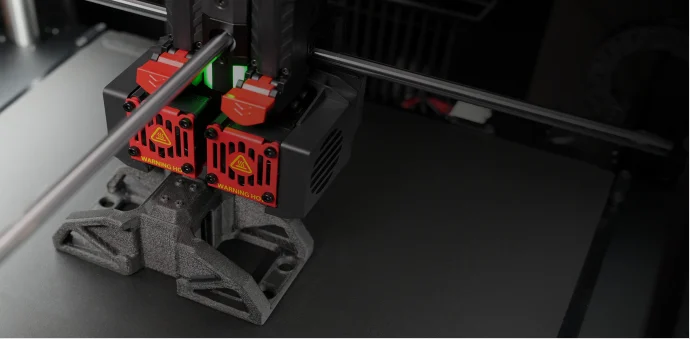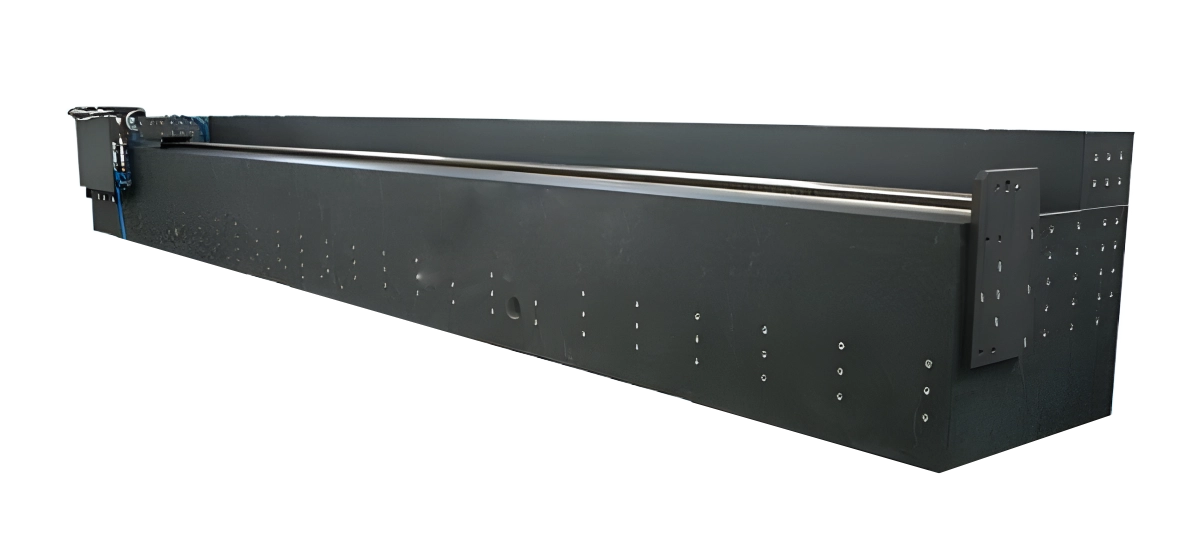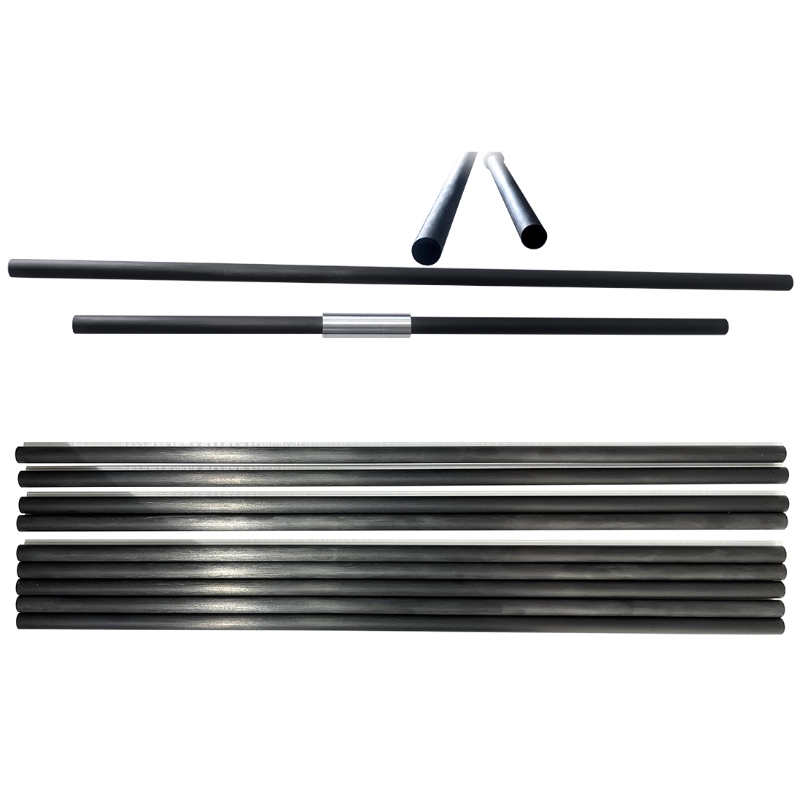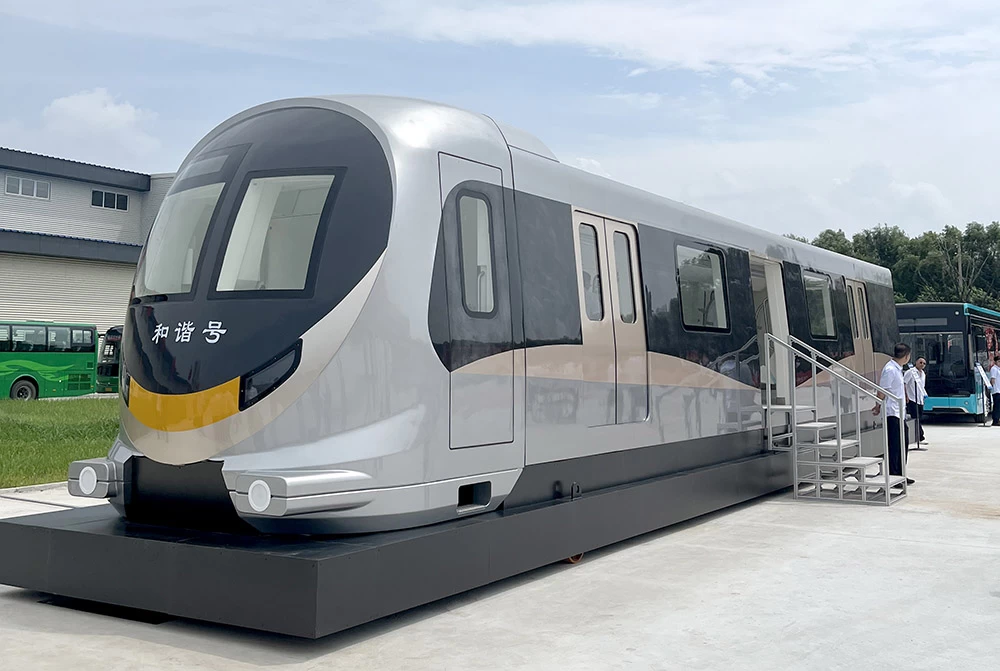As the world increasingly shifts toward renewable energy, the efficiency and longevity of wind turbines have become crucial factors in sustainable energy generation. One of the key components of a wind turbine is its blades, which must be able to withstand extreme wind loads, fatigue, and environmental conditions over extended periods. To meet these demands, the use of advanced materials like carbon fiber has become a game-changer in wind turbine blade manufacturing. At Hithunder Carbon Fiber Technology, we specialize in the development, production, and sale of high-quality carbon fiber products, and we're here to explore the many benefits carbon fiber brings to the wind energy sector.
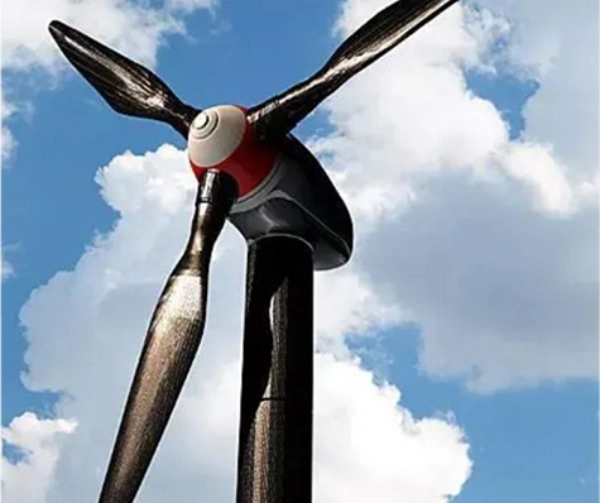
Enhanced Blade Stiffness
Wind turbine blades are constantly subjected to wind loads that cause them to bend, twist, and flex. This constant stress can lead to structural instability and reduced efficiency if the blades cannot maintain their shape. The high modulus of carbon fiber composites significantly improves the stiffness of wind turbine blades. This means that the blades can better resist deformation under wind loads, reducing the amount of bending and twisting during operation.
By improving the overall stiffness of the blades, carbon fiber helps ensure more stable and efficient energy production. The enhanced stiffness also allows for the optimization of blade design, leading to longer blades that can capture more wind energy, thus increasing the turbine’s overall power output. For wind turbine manufacturers, this results in a more durable and efficient product that can perform better under various wind conditions.
Reduced Blade Weight
One of the standout features of carbon fiber is its low density, which translates to significantly lighter blade weight without compromising strength. Reducing the weight of the blades offers several advantages, particularly in the manufacturing, transportation, installation, and maintenance of wind turbines.
Lighter blades are easier and more cost-effective to transport and install, which reduces the logistical challenges and costs associated with setting up wind farms. Additionally, carbon fiber’s low weight helps minimize the strain on the turbine’s structural components, contributing to improved efficiency and longevity. Wind turbines with lighter blades are also less susceptible to wear and tear, further enhancing the long-term performance and durability of the entire system.
Fatigue Resistance
Wind turbine blades endure continuous bending and twisting stresses over their operational lifespan. These repeated mechanical stresses, known as fatigue, can cause significant damage over time, leading to blade failure or reduced performance. Carbon fiber’s exceptional fatigue resistance makes it an ideal material for wind turbine blades, as it can withstand these repetitive stresses much better than traditional materials like fiberglass or steel.
The ability of carbon fiber to resist fatigue-induced damage extends the service life of the blades, reducing the need for costly repairs and replacements. This also helps reduce downtime and enhances the overall reliability of wind turbines, making them a more attractive option for energy providers. With improved fatigue resistance, carbon fiber-bladed turbines can operate for longer periods, thus improving the return on investment for wind energy projects.
Increased Efficiency in Energy Generation
The combination of enhanced stiffness, reduced weight, and superior fatigue resistance leads to more efficient wind turbine blades. Carbon fiber allows for longer, more aerodynamically optimized blades that can capture more wind energy, even in areas with lower wind speeds. This results in increased energy production, making wind turbines more competitive and cost-effective in the renewable energy market.
Moreover, the lightweight nature of carbon fiber reduces the mechanical strain on the turbine’s drivetrain, improving the overall efficiency of the wind turbine. This enables wind turbines to generate more energy with less wear and tear on the mechanical components, which further enhances their performance and lifespan.
Hithunder Carbon Fiber Technology: Leading the Way in Carbon Fiber Innovation
At Hithunder Carbon Fiber Technology, we are committed to delivering the highest quality carbon fiber products to meet the evolving needs of the wind energy sector. With our extensive research and development capabilities, we ensure that our carbon fiber solutions offer the best balance of strength, lightweight properties, and durability.
As a leading carbon fiber manufacturer, we specialize in providing tailored solutions to our clients in various industries, including wind turbine blade manufacturing. Our advanced production techniques and premium-grade carbon fiber materials ensure that our clients receive products that not only meet industry standards but also exceed their performance expectations.
Conclusion
Carbon fiber is revolutionizing wind turbine blade manufacturing by providing enhanced blade stiffness, reduced weight, and exceptional fatigue resistance. These benefits translate into more efficient, durable, and cost-effective wind turbines that can operate longer and produce more energy. With the growing demand for renewable energy, carbon fiber’s role in the wind energy sector will continue to be crucial in optimizing turbine performance and supporting the global transition to sustainable energy.
At Hithunder Carbon Fiber Technology, we are proud to be at the forefront of carbon fiber innovation, providing high-quality products that meet the demands of modern wind turbine manufacturing. Contact us today to learn more about how our carbon fiber solutions can benefit your wind energy projects.

